Here’s everything about constantly charging your phone battery being damaging:
For the most part, constantly charging a phone does not damage the battery.
Most manufacturers suggest that you can charge the phone however you like, and it will be just fine.
In fact, constant charging can extend your battery’s life in many cases.
The only real concern is avoiding charging in high temperatures.
So if you want to learn all about how constant charging affects your phone battery, then this article is for you.
Keep reading!
- Playing While Charging Phone: Damages Battery?
- Charging New Phone Before Using: How Long?
- Charging Phone: How Long Does It Take?
- Using Phone While Charging: Bad?
- Charging Phone Wirelessly & Wired Same Time: Safe?
- Charging iPhone, iPad, or MacBook While FaceTime: Bad?
- Phone Battery Too Hot to Charge: How to Fix?
- Phone Temperature Too Low to Charge: How to Fix?
- Fully Charging Phone: How Long?
- Phone Only Charges When Off: How to Fix?
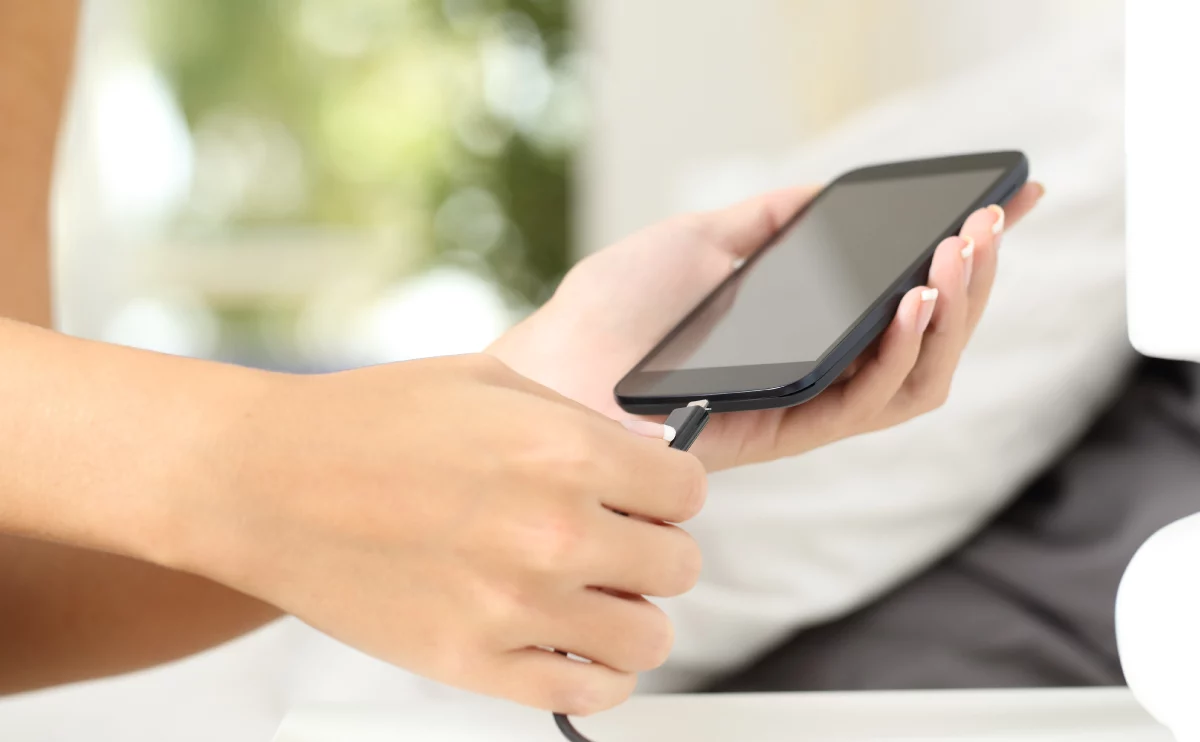
What Happens When You Constantly Charge Your Phone? (3 Things)
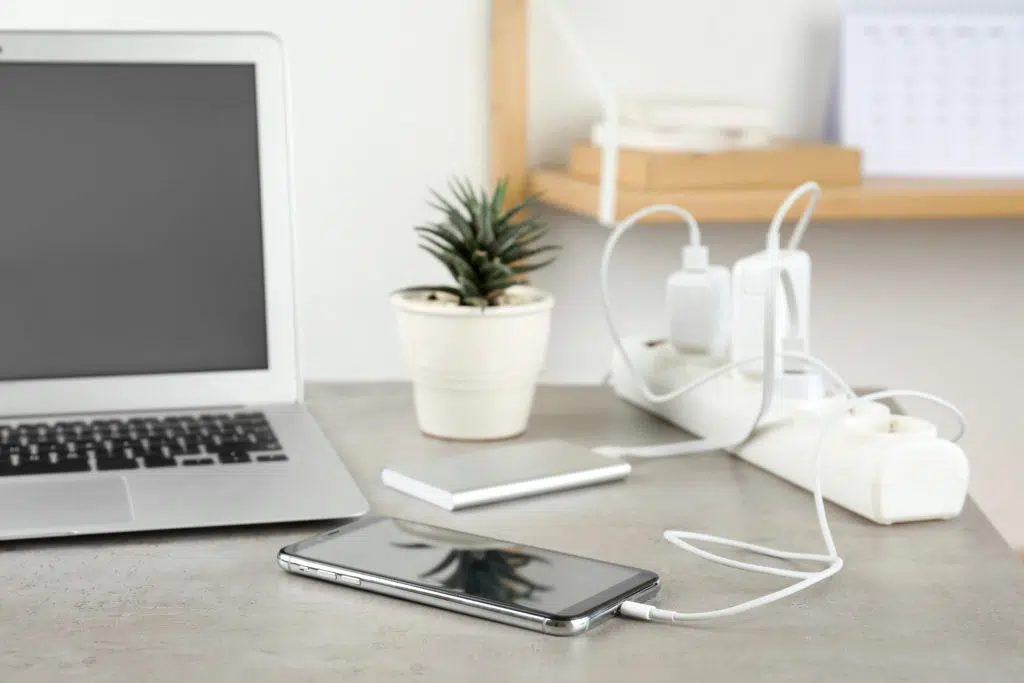
Why wouldn’t constantly charging a phone be bad? Shouldn’t that wear out the battery?
Modern smartphones use lithium-ion and lithium-polymer batteries.
In either case, these are batteries that have some important features.
First, they can’t really be overcharged (some exceptions will be discussed later).
You can plug in a phone with one of these batteries and leave it in, and it won’t take damage from overcharging.
Overcharging was a huge issue with older types of batteries, and it’s why many people still have misgivings today.
Additionally, lithium batteries are in systems that have a lot of automation and smart features.
When you better understand how the charging system works with lithium batteries, it’s easy to see why this isn’t a major concern.
It can all be summarized by looking at three components of charging a modern battery: passthrough circuits, trickle charge, and charging cycles.
#1 Passthrough Circuits
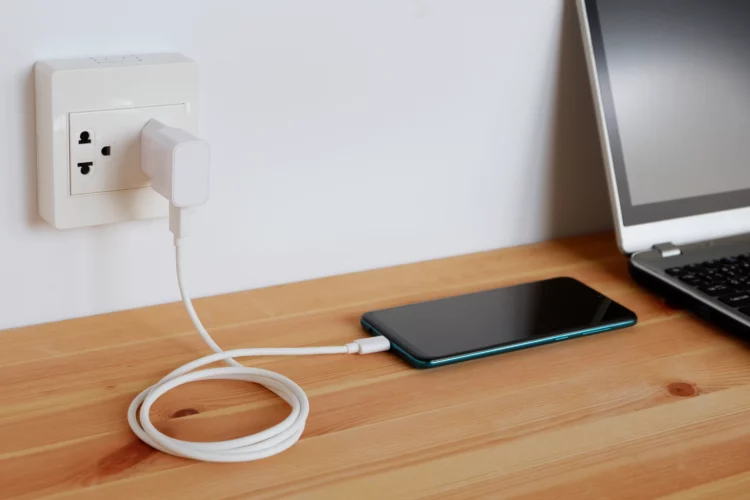
The easiest way to understand why constantly chagrin the phone is fine is to think about passthrough circuits.
This is a design feature where the charger plugged into the wall (or another power source) can run the phone without actively charging the battery.
Since modern batteries don’t pull any power when they are fully charged, it creates an opportunity to design the power circuits in an advantageous way.
Essentially, the charger can send electricity to the phone that bypasses the battery.
The phone itself creates the power draw that stimulates the flow of electricity.
Since that draw can come from a source other than the battery, the circuit can send power around the battery and directly to the phone components that need it.
There are some complicated features within the circuitry that allow this to happen in smart ways.
Those features combine to control the flow of electricity through the phone in a way that optimizes battery life.
So, as you read and learn about the things that damage a phone battery, you can already see that constant charging doesn’t actually constantly charge the battery.
Instead, it charges the battery when necessary and powers the phone otherwise.
#2 Trickle Charge
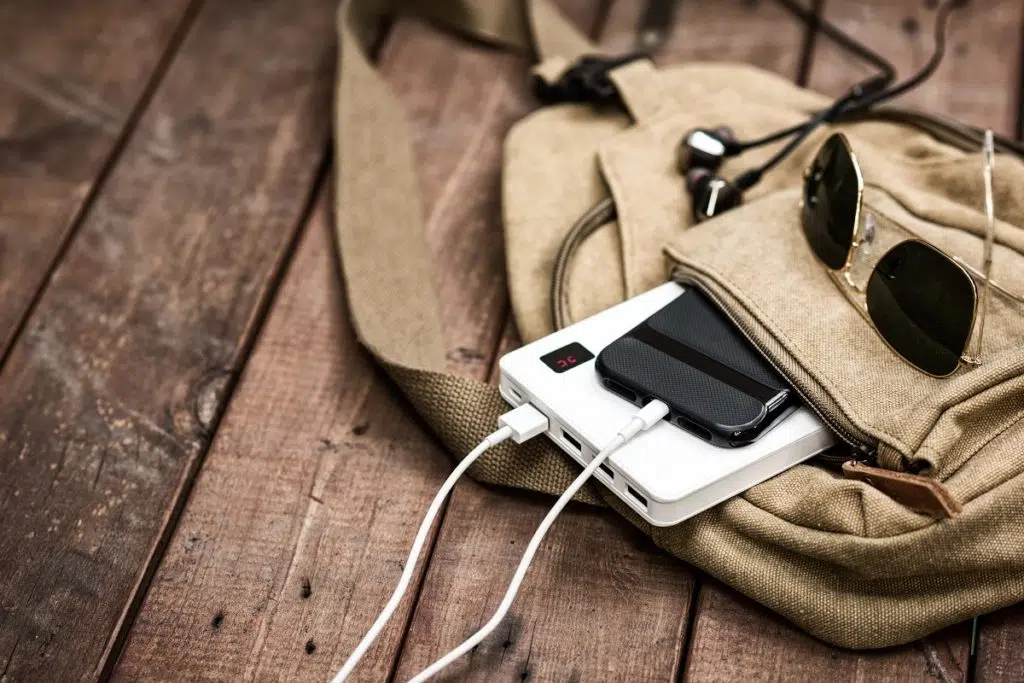
The thing about constant charging is that it provides an effectively endless source of electricity for your battery.
So, whenever your phone is plugged in, and the battery drains even a little, it will recharge itself from the plugged-in power source.
Why this matters will make a little more sense when we go over battery charging cycles and how to measure the lifespan of a battery.
First, it’s important to talk about trickle charge.
It’s like this.
Your battery is always bleeding off a little bit of charge.
This is because it’s connected to an electrical system, and even with smart circuit designs, small amounts of charge leak out of the battery.
Small is the operative word here.
If you left your phone off and unplugged, your battery would lose about half of its charge in around six months (if it’s a healthy battery).
So, the trickle charge here is very small.
But, the trickle charge is persistent.
As long as the phone is plugged in, a little bit of charge is escaping the battery and being replaced by the charger at all times.
#3 Battery Charging Cycles
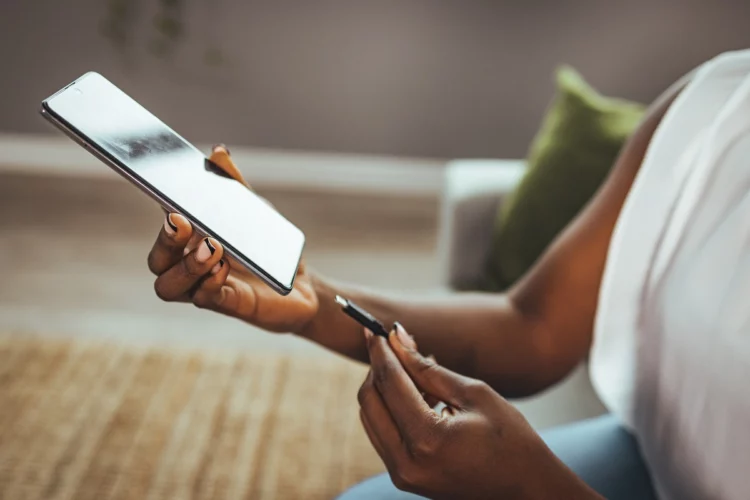
Now, here’s why trickle charge and passthrough circuitry are both so important.
A lithium-based battery only has so many recharges in it before it wears out.
This is usually referred to as charging cycles.
Manufacturers design smartphone batteries so that they can be recharged anywhere from 300 to 500 times before they really wear out.
Once you exceed that number, you’re going to notice significant battery performance issues.
The battery won’t be able to hold as much charge, so you won’t be able to go as long or use the phone as much before you have to plug it back in.
Eventually, the battery will wear out enough that it won’t be able to power the phone at all.
You’ll have to plug it in to use it at all.
Think again about the passthrough circuit.
If the battery is fully charged and plugged in, it’s not being drained by using the phone.
That means that you aren’t constantly recharging the phone while it’s plugged in, so this doesn’t really impact the battery’s longevity.
With older systems that didn’t have this passthrough feature, using the phone while plugging it in was constantly draining and recharging the battery—that killed battery life.
So, modern systems don’t have that problem, but there’s still a catch.
The trickle charge is still at play, so in very small volumes, you are actually constantly recharging your phone.
If you leave your phone plugged in forever, the battery will still ultimately wear out.
But, there’s more to the big picture.
If your phone is plugged in while you’re using it, you’re not draining the battery anywhere near as fast as when it isn’t plugged in.
In this way, using the phone while it’s plugged in actually slows the rate at which you go through your limited charging cycles.
The battery will last longer.
This brings us back to the original answer.
Constant charging doesn’t damage the battery, and in most cases, it actually extends the life of the battery.
That said, there’s always more to the story, and there are exceptions to consider.
Does Frequent Charging Damage Your Phone Battery?
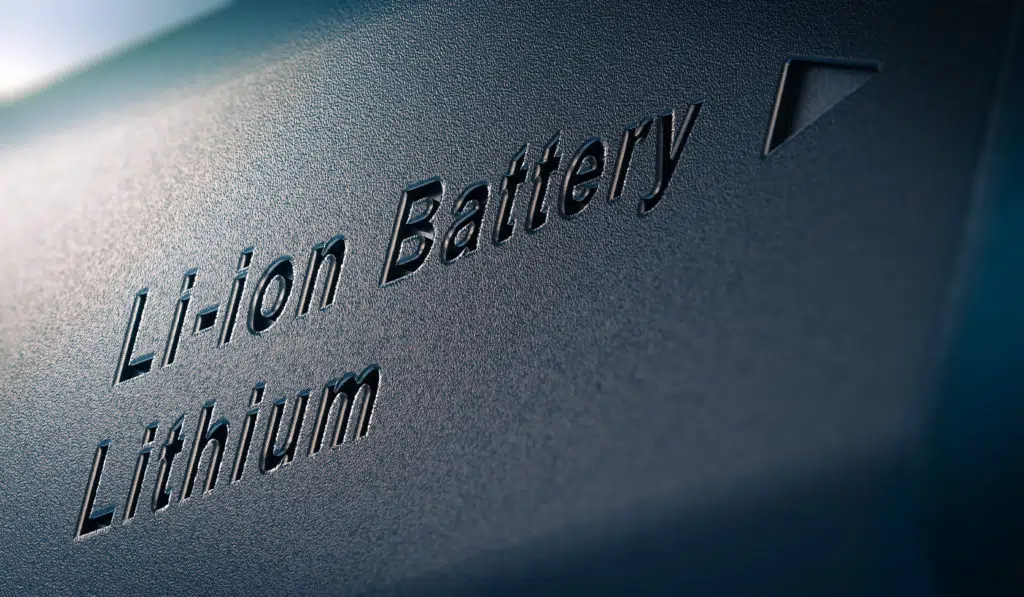
Okay. By now you already know more about how constant charging affects your phone battery.
What about frequent charging, though?
For the most part, frequent charging is not an issue for modern phones with lithium-based batteries.
Charging behavior does impact your battery’s lifespan, but the exact ways depend on how you use the phone and what kind of battery you have.
You can research best practices for your specific battery.
Learn all about how frequent charging affects your phone battery here.
How Much Charge Is Too Much For Your Phone Battery?
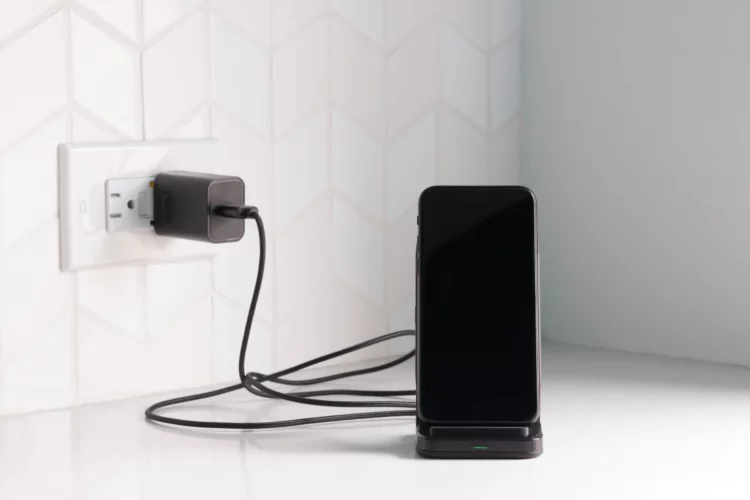
As you know, you can’t really overcharge a modern phone battery.
So, is there ever a case where plugging it in is bad?
Yes, and it all comes down to the environment.
Basically, if the phone or the phone’s surroundings are very hot, then charging the phone can damage the battery.
This is because high heat can “trick” the battery into accepting more charge than it should.
When this happens, the battery can quickly take damage.
So, to be more accurate about everything, a lithium battery can be overcharged; it’s just not something that happens under normal circumstances.
So, how hot is too hot?
It depends on the manufacturer, but the general rule is to avoid charging the phone when the ambient air temperature is above 95℉ (35℃).
Regardless of air temperature, if the phone is hot enough that it’s uncomfortable to hold, let it cool off before you try to charge it.
Are There Downsides to Constant Charging of Your Phone Battery? (3 Disadvantages)
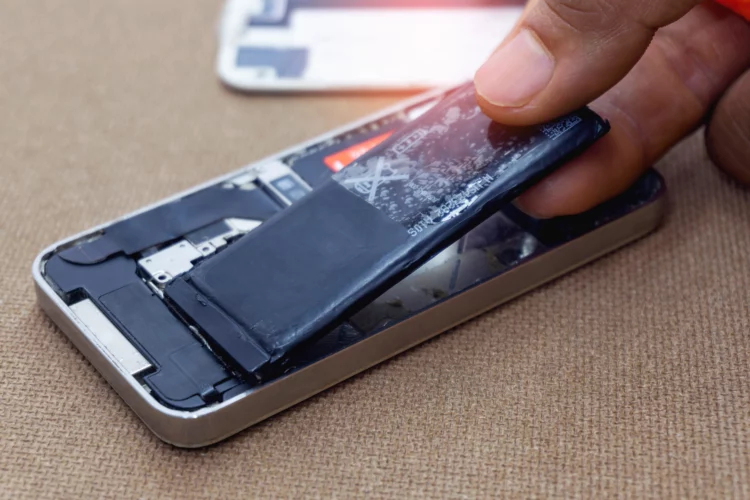
Constantly charging your phone isn’t really bad for the battery, but that doesn’t mean you need to hard commit to plugging your phone in and leaving it that way forever.
There are downsides to charging, especially if you’re literally doing it forever.
We’re going to look at this from the extreme perspective of leaving a phone plugged in and never unplugging it.
But, these concepts can help you think about when you would or wouldn’t want to leave the phone plugged in for extended periods.
#1 Slightly Higher Power Bills
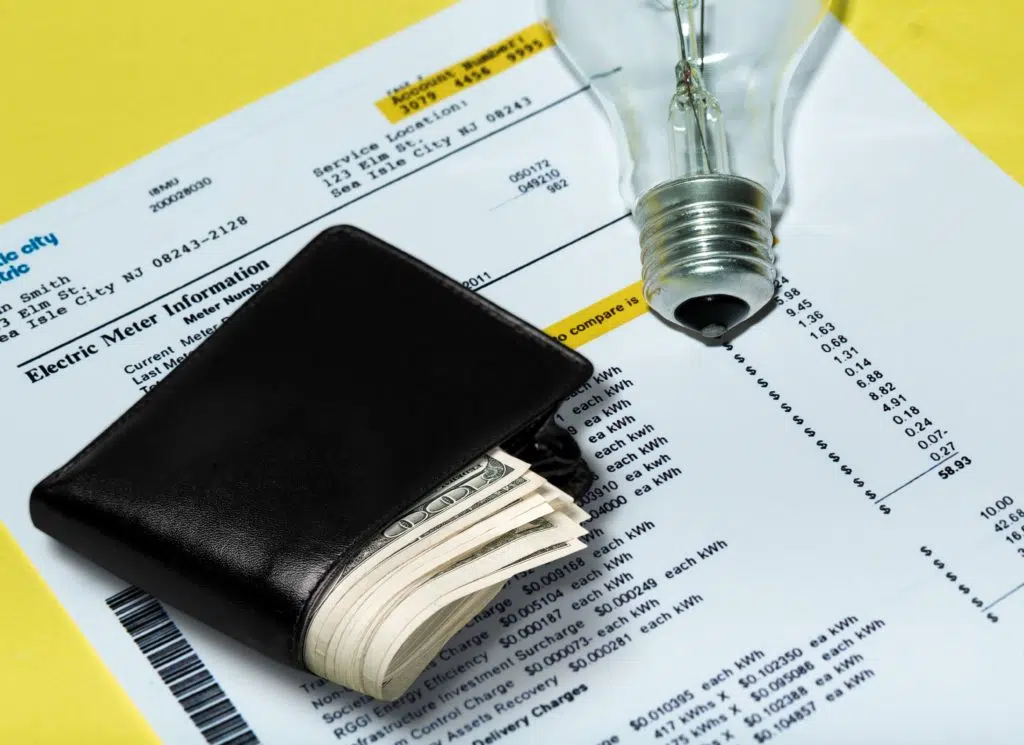
If you’re always running the phone directly off of the wall and not the battery, you’re going to see slightly higher power bills.
First, this allows the phone to draw more power during operation (more on this in a later section).
Also, it means that you might feel like you can use the phone more with fewer drawbacks.
In either case, you are ultimately using up more electricity with the phone, and that means you’re incurring a larger electricity bill.
That said, the difference this will cause for most users is going to be pretty small.
If you’re not rationing power, this difference might not be enough to really care about.
#2 Unknown Battery Conditions

It might seem a little strange, but if you constantly charge your phone, you won’t really know how the battery is doing.
Sure, it will report a full charge, but you’ll have no idea as to how deep you are into the battery’s charging cycle count.
Since batteries wear down over time, most users notice that the battery doesn’t last as long as it used to at some point during normal use.
If you really do leave a phone plugged in all the time, you won’t have a chance to notice this gradual change.
You won’t be aware of the battery’s general performance.
It’s a minor drawback, but this can impact how some people choose to use their phones.
#3 Limited Mobility

This is the real reason that it’s uncommon to truly charge your phone constantly.
Maybe you store it on a charge at home or in a car, but ultimately, phones travel with people. They are mobile devices by design.
If you 100% committed to always charge your phone, it wouldn’t be mobile anymore.
You’d be attached to the charge, and the charger is always attached to an outlet somewhere.
The lack of mobility erases many of the primary advantages of mobile phones.
The irony here is that the potentially prolonged battery life is meaningless when the phone is never detached from a charger.
Here’s why this is even worth mentioning.
If it’s ok to seriously charge your phone all the time for its entire life, then however you choose to charge it while using it normally will probably be fine.
Are There Advantages to Constant Charging of Your Phone Battery? (3 Advantages)

We’ve looked at the disadvantages of constant charging.
There are compelling reasons to take the phone off of a charger from time to time.
But, what about the advantages?
Constantly charging your phone doesn’t hurt the battery.
That’s nice, but can constant charging actually be good for the phone or its performance?
These scenarios show how and when constant charging can be a good thing and worth considering.
#1 Longer Battery Life

As discussed above, constantly charging your phone will typically extend the battery’s total lifespan.
So, constantly charging is good for the battery, but there’s more to the story.
Constantly charging the phone also prevents the battery from being depleted.
One of the major drawbacks to lithium battery design is that if the battery gets completely drained, it can be damaged.
In fact, it’s dangerous to charge a fully depleted lithium battery without specialized equipment.
Now, you might be thinking that you’ve completely drained your battery lots of times, and it was fine.
That’s because modern devices have safety features engineered into them.
If you use your phone to the point where it hits 0% charge and turns off, the battery isn’t actually depleted.
The phone is turned off when the battery still has a safe amount of charge left in it.
This is done specifically to avoid battery depletion.
If this safety feature ever fails, the battery can drain to 0, and then it will fail.
Even when the safety feature works, if you drain your battery as far as you can and then leave the phone off and don’t charge it for a long period of time, trickle charge is still at play.
The trickle charge can deplete the battery and permanently damage it.
If you constantly charge the phone, this scenario is not a risk factor.
#2 Performance Boosts

This was mentioned briefly earlier.
A phone can draw more power from the charger than the battery. There are two reasons for this.
First, the charger is able to supply a stronger and larger current than the battery can. This is necessary for the battery to charge quickly and efficiently.
So, your phone can physically draw more power from the charger because more is available.
Also, modern phones have a lot of software features that try to optimize battery life.
Battery savers are great for letting you go long times between charges.
But, since they’re on “smart” phones, the battery-saving features usually automatically disable when the phone is plugged in.
Most battery-saving features limit how much power the phone tries to use. They dim the screen, slow the processor and limit wireless communications, all in this effort.
When these features are disabled, the phone can run stronger and faster.
So, you really do get performance boosts when the phone is plugged in (although this definitely depends on phone settings).
#3 Using a Phone Without a Battery

You’ve learned today that all batteries eventually wear out.
It’s pretty common for batteries to experience issues before the phone itself wears down.
So, a lot of older phones work fine except for the battery issues.
When this is the case, you can just leave the phone plugged in.
You can literally leave it on a charger all the time.
It won’t work as a primary mobile phone (since it’s stuck to the wall), but the smartphone has capabilities that might be worthwhile to you.
How Long Are You Required to Charge the Phone’s Battery Before You Use Your Phone for the First Time?
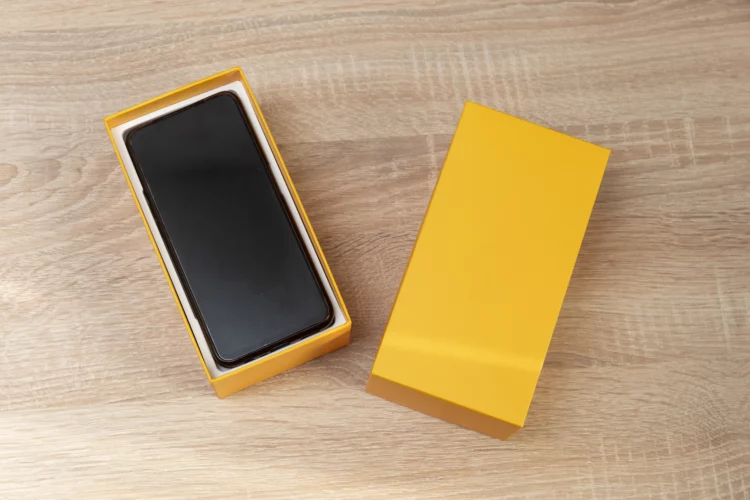
Have you ever heard that you need to charge your new phone for a certain amount of time before using it?
A modern phone can be used as soon as you receive it or take it out of the box.
The older battery technology required significant charging before it could be used, but this hasn’t been the case for several years now.
You can use or charge a new phone however you want as soon as you receive it.
Learn all about charging your phone before its first use here.

